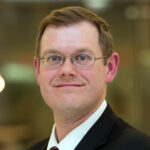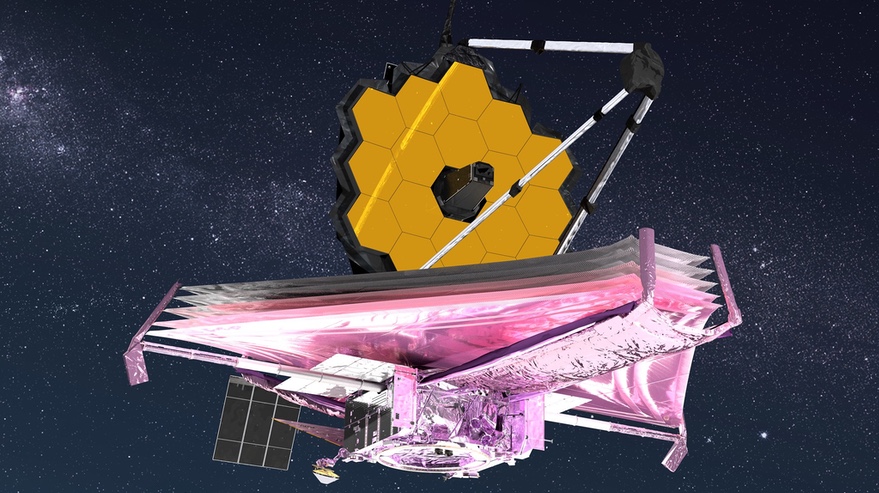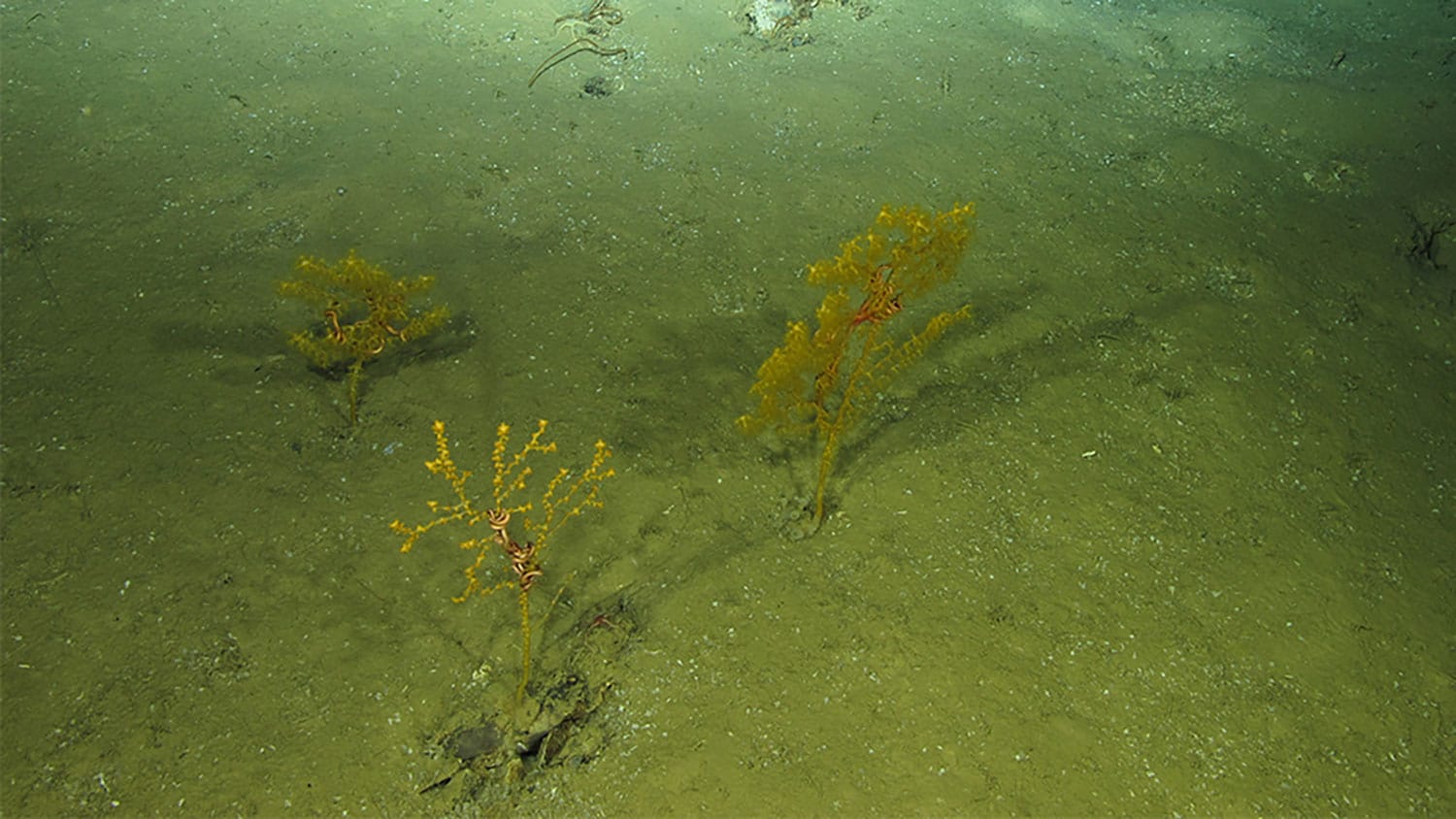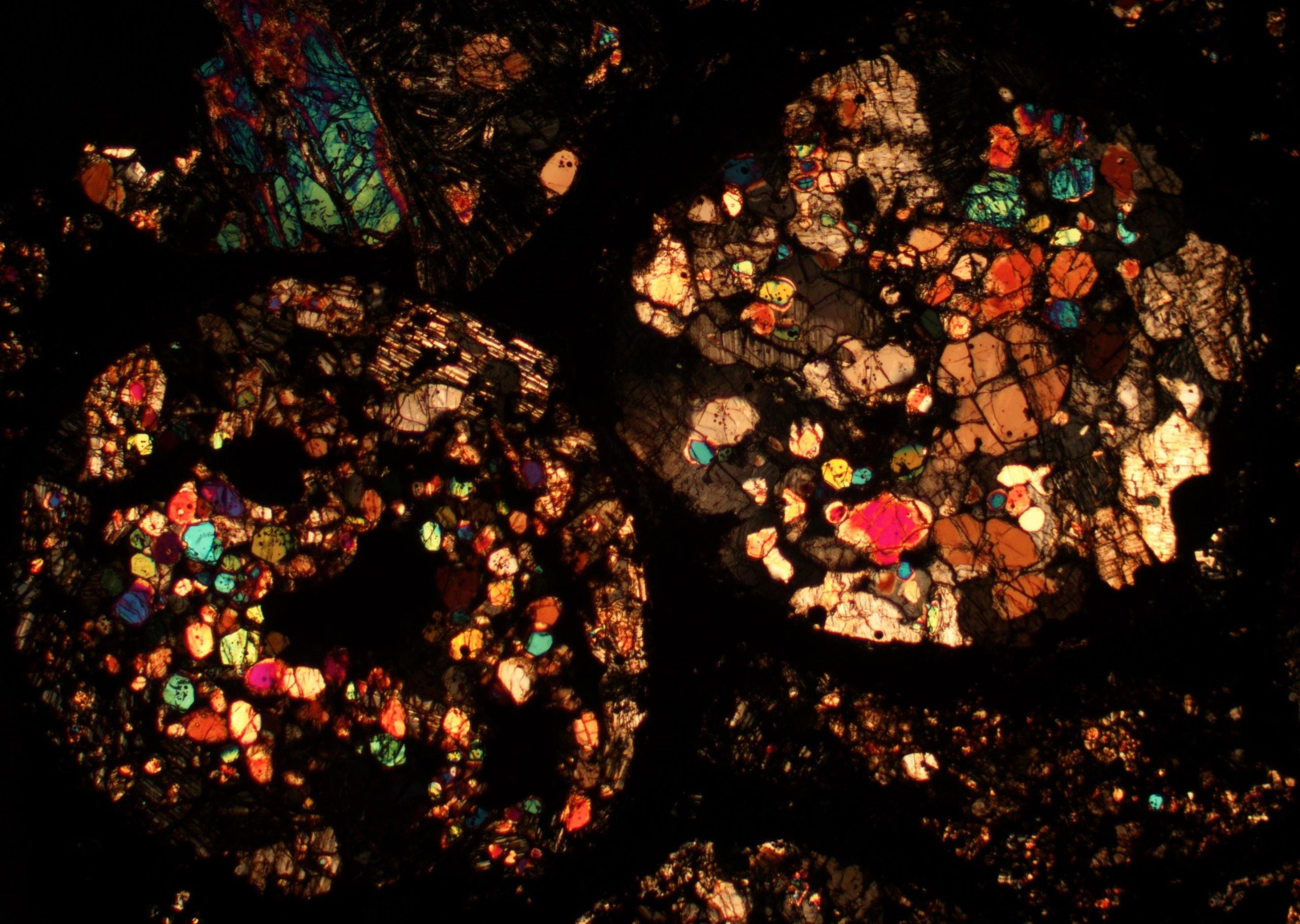
WASHINGTON — Axiom Space’s second private astronaut mission to the International Space Station, commanded by a former NASA astronaut and including two Saudi astronauts, is scheduled to launch as soon as May 8.
Axiom announced April 6 that its Ax-2 mission to the station, flying on a SpaceX Crew Dragon spacecraft, is scheduled for launch no earlier than 10:43 p.m. Eastern May 8. A launch that day would set up a docking at the station at 11:40 a.m. Eastern May 10.
The four-person Ax-2 crew will spend 10 days at the station conducting research and educational outreach activities, helping Axiom Space build up experience for commercial modules it plans to add to the station as precursors to a standalone space station late this decade.
It builds upon Ax-1, Axiom’s first private astronaut mission that launched one year ago. “We had some 200 or so lessons learned” from that first mission, said Michael Suffredini, president and chief executive of Axiom Space, during an April 6 briefing. “We followed through and made adjustments to how we plan, how we train and how we will ultimately fly the mission.”
“We felt like the training needed to be improved and increased in certain areas and decreased in other areas,” said Peggy Whitson, a former NASA astronaut who is Axiom’s director of human space flight and commander of Ax-2. That included additional simulations that she said have been effective in training for the mission.
John Shoffner, an Axiom customer, will be pilot on Ax-2. “He has decades of flight experience and amazing engineering know-how that makes him perfect for the role,” Whitson said of him.
The two mission specialists on Ax-2 are Saudi astronauts Rayyanah Barnawi and Ali Alqarni, named to the mission Feb. 12 by the Saudi Space Commission. They will be the second and third Saudis to go to space; Barnawi will be the first Saudi woman to go to space.
Barnawi and Alqarni will conduct 11 microgravity research experiments and three outreach activities during the mission, said Mishaal Ashemimry, microgravity research lead at the Saudi Space Agency, during the call. The outreach activities will engage with 12,000 students in 47 locations in Saudi Arabia.
She described the mission as the first in a series for a “sustainable” human spaceflight program in Saudi Arabia, “meaning that we have a constant flow of astronauts going to do research” in space. That includes eventual long-duration missions where Saudi astronauts would spend up to six months in space to conduct microgravity research, although she did not offer a timeline for that program.
“It’s supposed to be perpetual, sustainable,” she said of the initiative. “In doing so, we will train many astronauts. We will engage with a lot of local entities to do research. We will enhance our partnerships with international research entities on collaborative work for microgravity research.”
Axiom sees Ax-2 as part of continuing efforts to build up experience for its eventual commercial space station. It signed a mission order with NASA March 14 for a third private astronaut mission, Ax-3scheduled for as soon as November. Axiom has not announced who will fly that mission.
“Ax-2 is similar to Ax-1 from the standpoint of how we are practicing the process of working with our partners and becoming more and more efficient,” Suffredini said. “You do a number of these flights, you figure out what you can do better next time, and then you make the changes and go do the flight.”
The company plans to do as many as two private astronaut missions a year through the launch of its first commercial space station module, currently planned for late 2025. At that point “we’ll have a little more access and flexibility, and at that point we’ll start to increase our tempo a little bit.”
A second module will follow in 2026, which will allow Axiom to host up to eight people at a time with multiple ports for visiting vehicles. In late 2026 or 2027 a research and science module will be added. “All of these flights are stepwise approaches to growing the economy in low Earth orbit and taking advantage of the work that’s gone on on the ISS for the last 20 years and the following decade or so,” Suffredini said.

Jeff Foust writes about space policy, commercial space, and related topics for SpaceNews.He earned a Ph.D. in planetary sciences from the Massachusetts Institute of Technology and a bachelor’s degree with honors in geophysics and planetary science…More by Jeff Foust
Note: This article have been indexed to our site. We do not claim legitimacy, ownership or copyright of any of the content above. To see the article at original source Click Here













